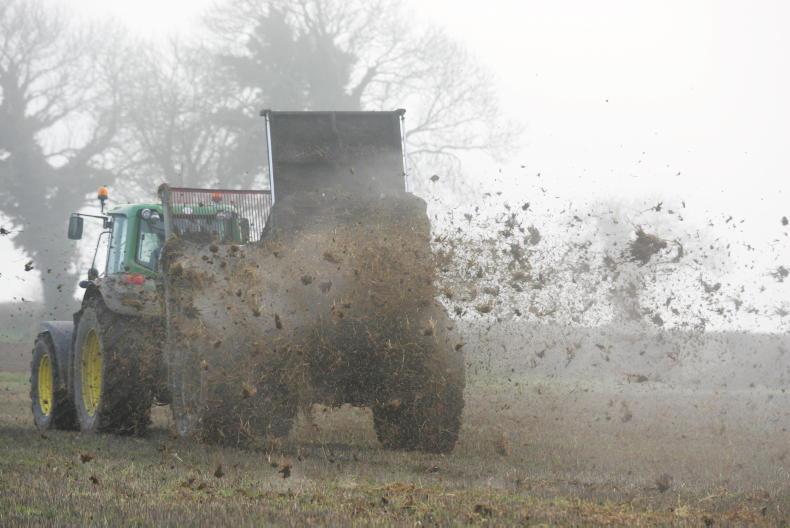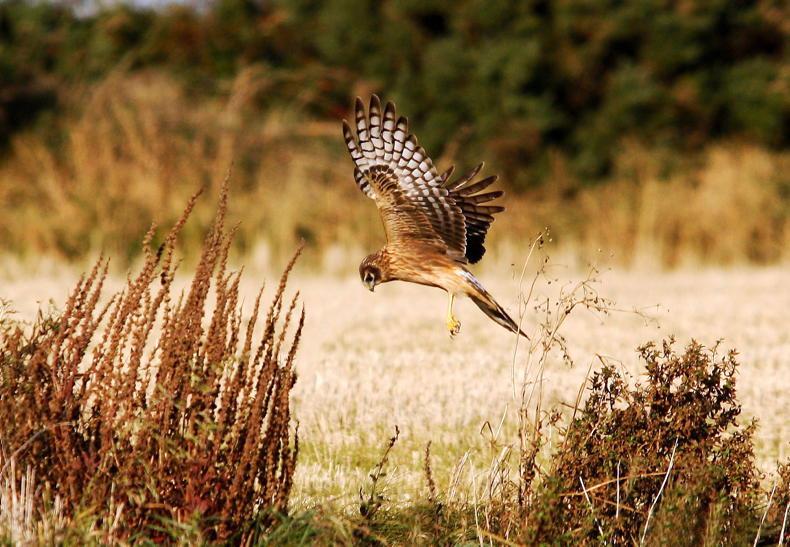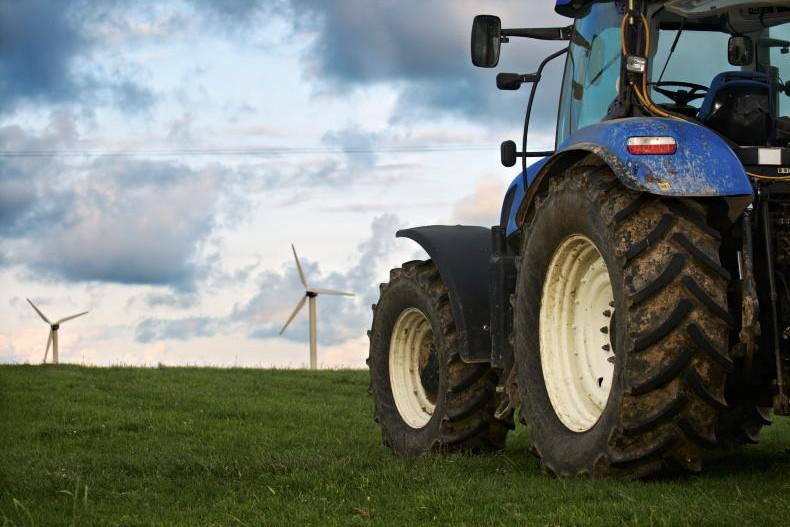There is no doubt that having a relatively intense livestock sector in NI creates significant challenges around carbon emissions, ammonia and water quality.
However, there are good reasons why livestock are the main output from local agriculture. In particular, NI is a great place to grow grass, suffers little from drought and has a long growing season. On top of that, our hard-working family farm structure has dovetailed well with the intensive sector, especially poultry production.
Our next challenge is to make best use of the nutrients produced by livestock, and the organic matter from livestock can be put to good use on arable farms.
It is a fact that those who promote a plant-based diet or talk endlessly about regenerative farming or sustainable agriculture often ignore – without the litter from chickens or the slurry from cattle and pigs, our soils would be in a much worse state.
Those farming worn-out arable land in the east of England must envy the resources available here.
But as well as arable land, using those resources well means targeting them at fields that need them most. Given the amount of land in conacre in NI, there are plenty of fields that receive little nutrients outside of nitrogen.
For those who do have land high in phosphorus, perhaps the best way to mine that nutrient out of the ground is to grow an arable crop.
The argument against ploughing up grassland is that it will release carbon from the soil into the atmosphere. But surely it makes sense to reduce our reliance on imported feed. The positives outweigh the negatives.
Expanding the arable area in NI rarely gets talked about as being part of our response to the environmental challenges we face. It is a solution that is so obvious, it seems to get missed.
Read more
Greenmount playing it safe with clover
Top tips for spring slurry applications
There is no doubt that having a relatively intense livestock sector in NI creates significant challenges around carbon emissions, ammonia and water quality.
However, there are good reasons why livestock are the main output from local agriculture. In particular, NI is a great place to grow grass, suffers little from drought and has a long growing season. On top of that, our hard-working family farm structure has dovetailed well with the intensive sector, especially poultry production.
Our next challenge is to make best use of the nutrients produced by livestock, and the organic matter from livestock can be put to good use on arable farms.
It is a fact that those who promote a plant-based diet or talk endlessly about regenerative farming or sustainable agriculture often ignore – without the litter from chickens or the slurry from cattle and pigs, our soils would be in a much worse state.
Those farming worn-out arable land in the east of England must envy the resources available here.
But as well as arable land, using those resources well means targeting them at fields that need them most. Given the amount of land in conacre in NI, there are plenty of fields that receive little nutrients outside of nitrogen.
For those who do have land high in phosphorus, perhaps the best way to mine that nutrient out of the ground is to grow an arable crop.
The argument against ploughing up grassland is that it will release carbon from the soil into the atmosphere. But surely it makes sense to reduce our reliance on imported feed. The positives outweigh the negatives.
Expanding the arable area in NI rarely gets talked about as being part of our response to the environmental challenges we face. It is a solution that is so obvious, it seems to get missed.
Read more
Greenmount playing it safe with clover
Top tips for spring slurry applications










SHARING OPTIONS